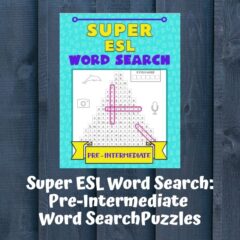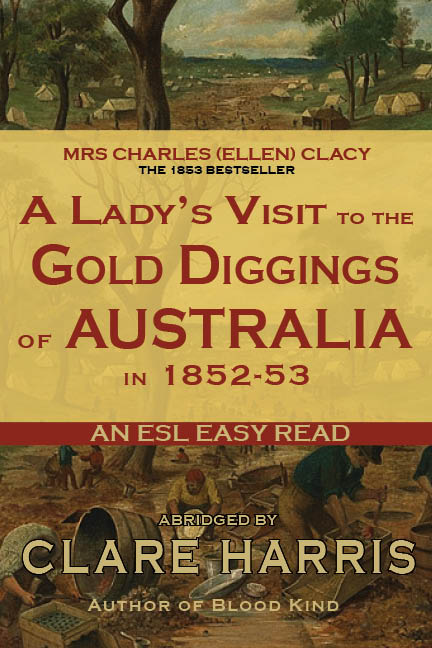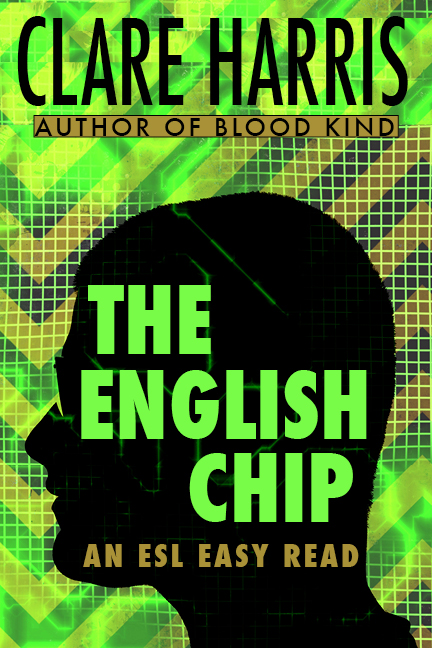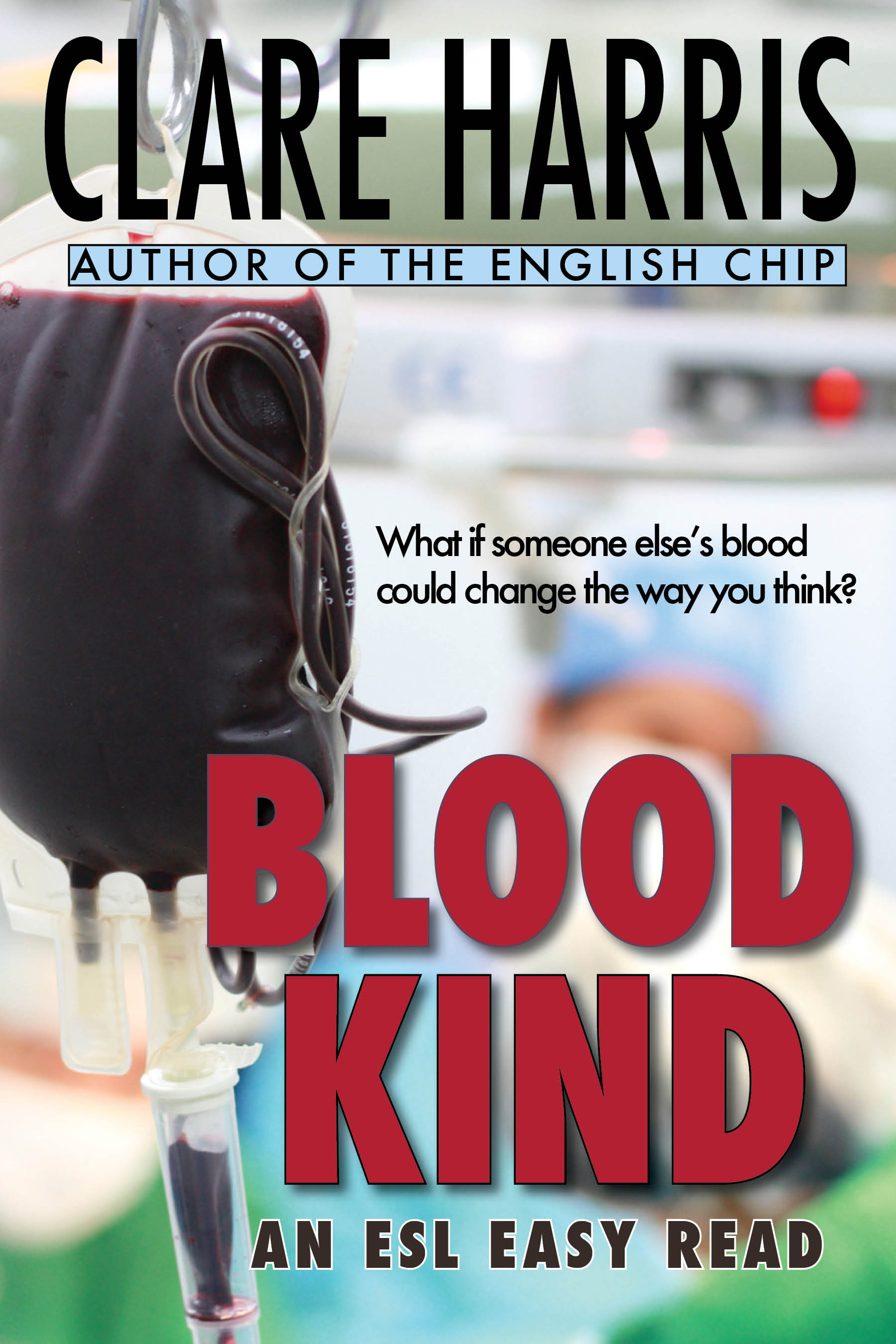Book news! I have a new word search book out, this time at Pre-Intermediate level, with extra challenges.
As you know from previous posts, I am obsessed with word puzzle books. I know these aren’t everyone’s thing, but when I see displays in the newsagent, or puzzle books in the lunchroom, I wish I could offer a simplified version to my students. Of course it’s not economically viable for a puzzle book company to create special ELT puzzles. (I know; I asked!) However, it IS totally viable to create print on demand books on Amazon, and that’s what I’ve been doing.
Print on demand: a no-waste option?
How it works: I create the puzzle book pages, I upload the pdf to Amazon, and anyone browsing their site can see the cover and a few ‘look inside’ pages. If they click ‘Buy now’, a copy gets printed and shipped to them. It looks just like a standard paperback, that’s been sitting in a storeroom – but it hasn’t.
Of course I have to make sure the books are as ‘international’ as I can make them (trying to avoid words like ‘colour’). The interiors reflect my layout skills – not as lovely as Extra Easy Puzzles or Workwise English Puzzles. However, I can do the work myself, while my designer works on those Book Club books (more on those with my next post…).
I’ve been using a puzzle-making app called Whirlwind WordSearch, and its latest feature is ‘decoy words’. So if you’re looking for the word ‘information’ you might see a decoy word string like ‘informa’. So learners who tend to jump at words are forced to check a little more carefully. Of course, this is at a higher level; I’m thinking strong EAL 2.

Not busy work!
Language learning is an intense (and tiring) experience. Sometimes it’s good for students to have 10 minutes doing something that provides input and reinforcement, but isn’t as intense. However, I don’t want this to become a busy work exercise for learners who can already read easily in English. Many of the puzzles involve some other task – classifying words (do words like ‘hike, pinch and squeeze’ relate to hands or feet?) or finding the opposite word.
For those learners who find this easy, I’d say, don’t just breeze through these! Compare with another ‘speedy’ friend, reading words to each other, testing each other on spelling, or do a different, more challenging task.
Of course, for those who have to focus to read from left to right, word searches are a great way to practise scanning skills. The puzzles have five levels, for those who are new to locating words in this way. Many puzzles use lower case and a variety of fonts, to support scanning and reading skills. There are ‘hidden messages’ in many of the puzzles, where the left-over letters form a sentence, allowing a fun way of checking accuracy.
It’s a series…
This is the third book and I plan a couple more – but they are quite fiddly to create. Big thanks to my wonderful editors. Of course, if I find a typo, I can simply upload a new version. Indeed, I keep tweaking the cover to get just the right shade of yellow….

Where to find sample puzzles
Just go to the Wordfinds page on my site and you can download samples of the three puzzle books, including this new one. I also have a link to the Teachers Pay Teachers version of the first two books, though I haven’t done this for this book yet.
Here’s the link to the book in Australia or else on amazon.com. Some of our wonderful language booksellers are also stocking the books, for anyone who finds it easier to buy through them.
What else is coming?
My next post will be about my new Book Club reading books – watch this space. Plus if you’d like to find out more about other Australian teacher-writers, go to my other blog, at clareharris.com. Finally, if anyone is thinking of creating books in this way, I’d be so happy to chat (though I warn you, it’s more of a coffee fund than a retirement fund prospect).
Happy teaching!








